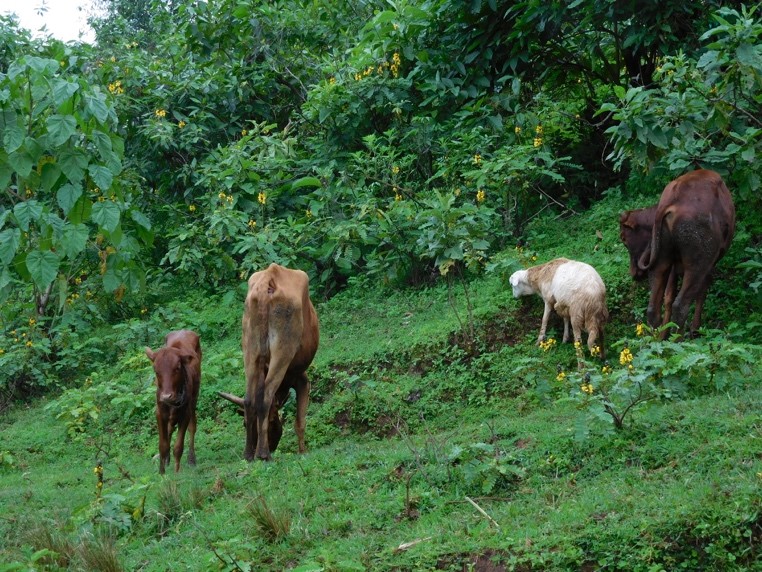Taenia saginata in Ethiopia
Taenia saginata (beef tapeworm) is a zoonotic parasite. The adult tapeworm lodges in the intestines of the human final host (taeniasis) and releases eggs, which are shed via the stool or by active expulsion. The intermediate cattle host acquires the infection by ingestion of these infective eggs via infected stool or environmental/feed/water contamination. Ingested eggs develop into cysticerci, primarily in the muscles (bovine cysticercosis, BCC). The human final host gets infected by consumption of raw/undercooked, infected beef. BCC causes significant economic losses to the farmers and meat sector. An infected carcass leads to degradation of the carcass value (50% price reduction due to the freezing treatment) or, in case of heavy infections, total condemnation.
T. saginata taeniosis and bovine cysticercosis occur nearly all over the world. Its prevalence in developed countries is usually assumed very low, while high prevalence rates occur in Sub- Saharan Africa, particularly in Eastern Africa, causing an important economic loss due to condemnation of meat. In Ethiopia, high occurrences of bovine cysticercosis have been reported, however the diagnostic techniques used were not optimal. Why this parasite occurs so much is also not clear, research into risk factors such as culinary habits and risk assessments are needed. Results of this work will contribute to recommendations for control of this zoonotic disease.
The Lab of Foodborne Parasitic Zoonoses aims to address these gaps in a PhD project in the framework of the VLIR Network programme in Ethiopia, in collaboration with Ambo University
PhD student: Edilu Jorga Sorba, Ambo University
